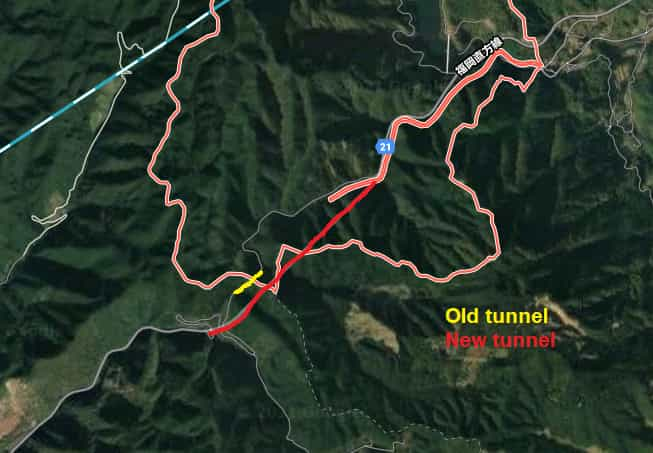Inunaki Tunnel: Brutal Murder, the Howling Dog, Buried Workers, and Horrific Experiments...
 Crossing the Threshold into Darkness...
Crossing the Threshold into Darkness...
Deep within the mountains of Fukuoka, among dense forests and narrow, winding paths, lies a place that has instilled fear for decades. The Inunaki Tunnel, also known as the "Howling Dog Tunnel," is not just a haunted location – it is a true nightmare where reality, lost in the unrestrained imagination of nightmare-loving Japanese, howls for a swift death. Entering it means risking not only an encounter with ghosts but also losing something precious – your sanity.
It was here, on December 7, 1988, that one of the most brutal murders in Japan's history took place. A group of young criminals cold-bloodedly kidnapped and burned alive a 20-year-old man, Kouichi Umeyama. His terrifying screams echoed along the tunnel walls, forever embedding themselves in the grim legend of this place.
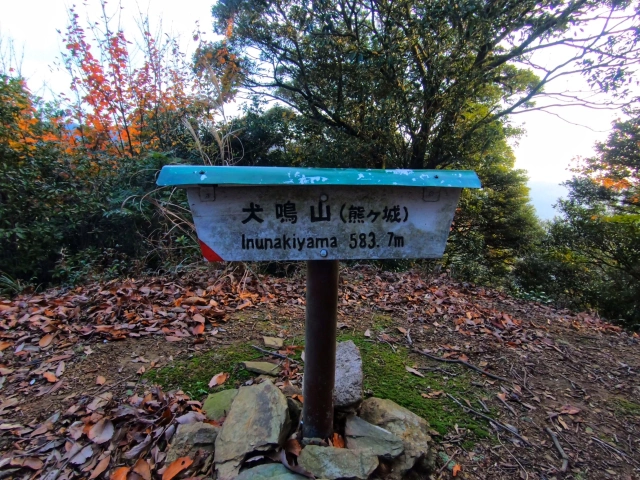
Moreover, near the tunnel is the supposedly lost Inunaki Village – a place where Japanese laws do not apply, and anyone who reaches it never returns. Although many of these stories seem to be mere legends, one thing is certain: few places on Earth have been surrounded by so many terrifying legends as the Inunaki Tunnel.
The "Howling Dog" – Where Does This Name Come From?
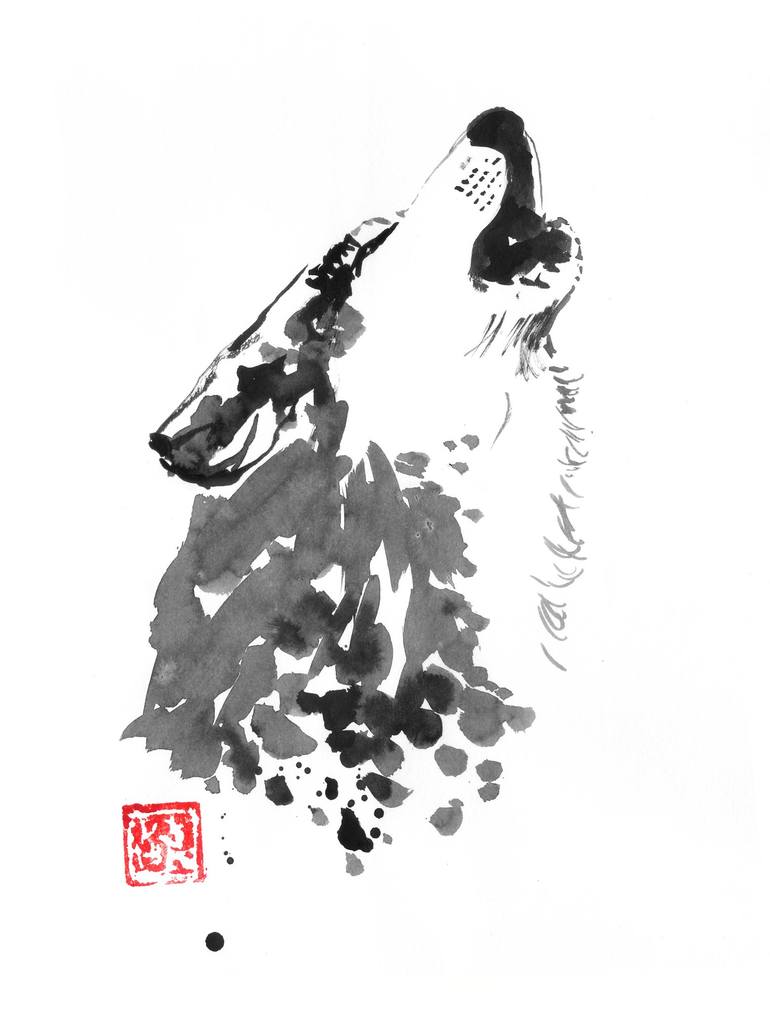
The legend says that the name comes from ancient stories about dogs that were said to guard the village of Inunaki and warn its inhabitants of approaching danger. The dogs' barking was considered an ominous sign, foretelling something dreadful coming from the darkness. These stories gradually evolved into an urban legend, where the howling of a dog near the tunnel is a harbinger of supernatural phenomena or tragic events.
The origin of the name "Inunaki" significantly influenced the development of local legends. The "Crying Dog" became a symbol of haunted places, and its very name began to evoke fear and anxiety. Combined with the tragic events that took place in the tunnel and its surroundings, this name gained a dark, almost ghastly connotation, solidifying Inunaki Tunnel as one of the most mysterious and frightening places in Japan.
Where is Inunaki Tunnel?

The area around the tunnel, though beautiful, is characterized by harshness – winding roads, steep slopes, and dense forests give it a somber character. The old, unused roads leading to the tunnel are overgrown and, in places, impassable. The proximity of the dam, with its calm waters, contrasts with the tunnel's dark atmosphere, yet the area is considered just as haunted as the tunnel itself.
Currently, the entrances to the old Inunaki Tunnel are closed off and blocked by concrete barriers, preventing access to its interior. The tunnel was completely sealed off after numerous incidents of illegal trespassing and tragic events that took place there, including the brutal murder in 1988. In 1975, a new Inunaki Tunnel was built to take over transportation functions, but the old tunnel remained a symbol of local legends and a site that attracts thrill-seekers looking for experiences on the edge of worlds.
Although unused, the Inunaki Tunnel once played an important role in local infrastructure, connecting the cities of Fukuoka and Kitakyushu. Its closure made the area even more isolated, and the tunnel became known primarily for the dark legends and tragic events associated with it.
The History of the Inunaki Tunnel
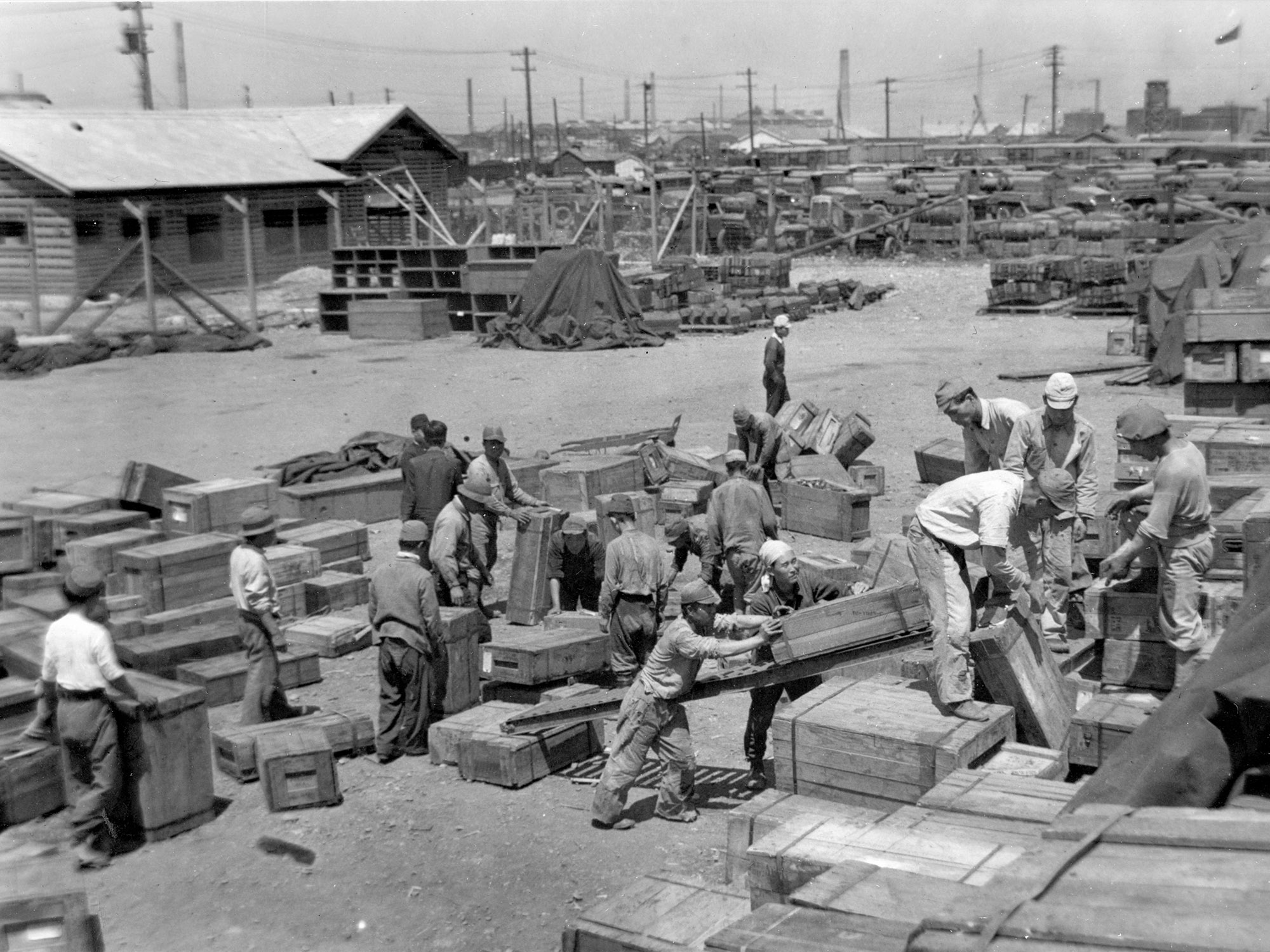
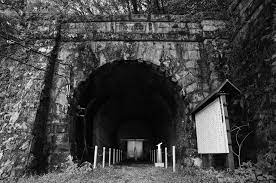
However, the event of December 1988 forever changed the perception of this place... In the following story, there will be nothing paranormal, but unfortunately, it is true.
The Inunaki Tunnel Murder, 1988
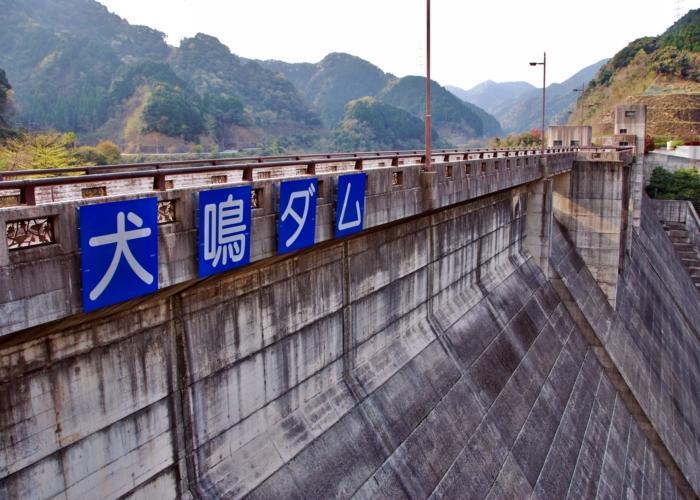
While Umeyama was waiting at a traffic light in his car, a group of young boys aged 16 to 19 from the town of Tagawa approached his vehicle. Their goal was to steal his car, as they explained later, to "impress girls." The leader of the group demanded that Umeyama hand over his car. When he refused, they began beating him, kicking him, and punching him. Despite the brutal blows, Umeyama tried to defend himself, but he stood no chance against the enraged group.
After the first wave of violence, Umeyama attempted to escape, fighting for his life. His bloodied face and injured body were unable to elicit sympathy from passersby – no one stopped to help him. People averted their eyes in disgust and fear. Nevertheless, with determination, he tried to make his way home. However, the attackers caught up with him. They dragged him back to the car, tied him up, and brutally attacked him again, this time using tools like wrenches, crowbars, and other metal objects.
Although their original plan was to dispose of the body by throwing it into the nearby Rikimaru Dam, they became frightened that the body might float to the surface, so they changed their plan. It was then that they decided the most effective way to get rid of the evidence would be to burn Umeyama. They dragged him to the old Inunaki Tunnel – an abandoned, silent, isolated place, perfect for hiding their crime.
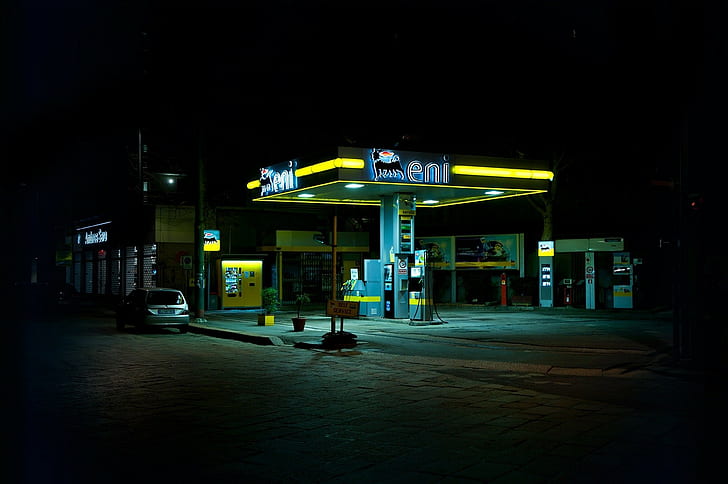
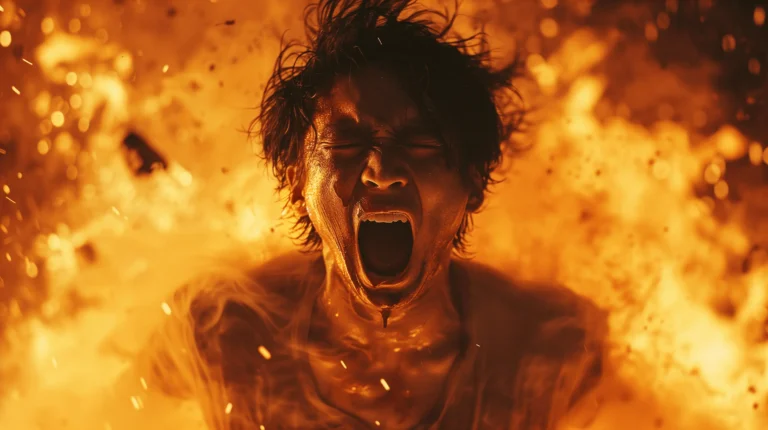
The next day, on December 8, 1988, Kouichi Umeyama's body was found by the police. His death sparked outrage across the country. The brutality and callousness of the murderers shocked the public. The killers, all young men aged 16 to 19, were quickly arrested. Finding them was not difficult – there were plenty of witnesses to the beating, as well as later boasting in the bar.
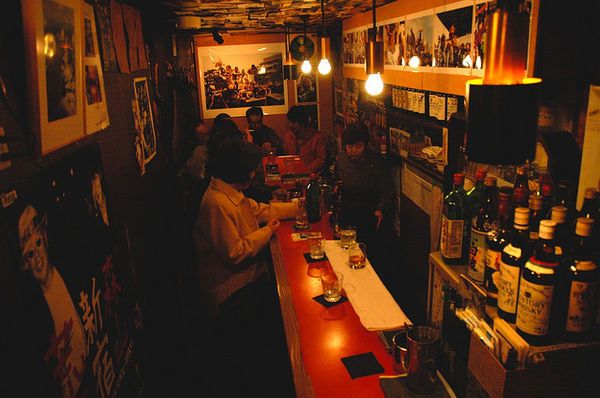
Though we shouldn’t mix this real and terrifying story with those originating from Japanese kwaidan culture and urban legends about paranormal phenomena, it’s natural that over the years, this history contributed to the rising popularity of the Inunaki Tunnel as a horror spot.
Dark Legends of Inunaki Tunnel

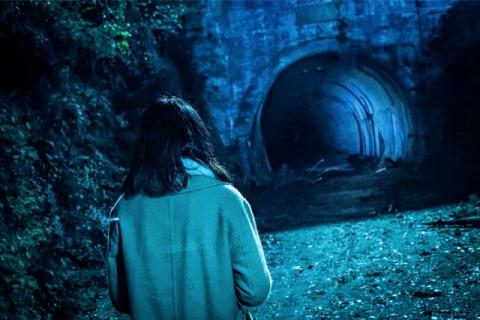


Another version speaks of a school bus accident. Long ago, under mysterious circumstances, a bus full of children reportedly veered off the road and plunged into a ravine near the tunnel. All the children died on the spot, and their spirits are said to haunt the area around the tunnel, especially at night when their laughter and the sounds of running feet can be heard along the roadside.
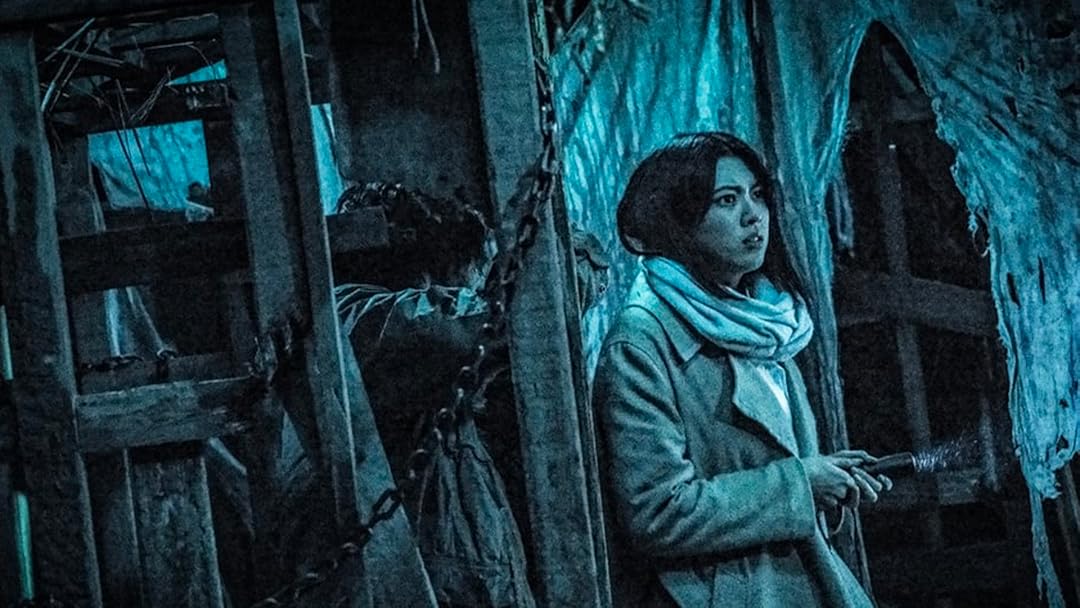
Inunaki Tunnel is also the site of mysterious disappearances. Many brave souls who crossed its dark threshold never returned. Local newspapers occasionally report disappearances around the tunnel, only adding to its ominous character. Does the tunnel truly swallow people, or is this just a legend fueled by our imaginations? Or perhaps a real group of criminals is using the legend to hide their crimes?
Though none of these stories have ever been fully confirmed, one thing is certain—in Inunaki Tunnel, unpleasant things happen.
Inunaki Tunnel in Pop Culture
Movies
One of the most famous film references to the Inunaki Tunnel legend is the horror movie Howling Village (2019), directed by Takashi Shimizu, creator of the cult classic Ju-On: The Grudge. The film is based on both the tunnel legend and the dark tale of Inunaki Village—a mysterious place that supposedly exists outside the jurisdiction of Japanese law. Howling Village portrays a grim world where the protagonists slowly uncover the truth about this haunted location, encountering ghosts and paranormal phenomena.
Video Games
The legend of the Inunaki Tunnel has also inspired video game creators. One such example is the indie horror game Inunaki Tunnel (2020) created by Chilla’s Art. The game transports players to a dark, haunted tunnel where they must solve puzzles and avoid supernatural occurrences. Based on urban legends, the game draws inspiration from real stories about Inunaki, instilling a sense of unease and fear in its players.
Another game directly referencing the Inunaki Tunnel legend is Shin Hayarigami 2, released by Nippon Ichi Software. This visual novel with horror elements puts players in the role of a detective solving supernatural mysteries. One of the episodes focuses on the Inunaki Tunnel legend, exploring both ghost stories and mysterious disappearances in the surrounding area. The game emphasizes the atmosphere of fear and uncertainty, perfectly capturing the terror that accompanies the legend of this place.
Literature and Manga
Inunaki Tunnel has also made its way into literature and manga. Legends related to this location frequently appear in Japanese horror anthologies, particularly those dedicated to urban legends. Popular manga such as Gakkou no Kaidan (School Ghost Stories) feature episodes inspired by haunted tunnels and abandoned places, which echo similar motifs to the Inunaki Tunnel legend.
Another example is the manga Kowai! Nihon no Shinrei Supotto, a collection of short horror stories about haunted places in Japan. In one chapter, the Inunaki Tunnel is described as a location where the spirits of dead workers appear to travelers, and the legend of the lost village only intensifies the fear.
Anime

Inunaki Village, created in 2020 as an adaptation of the horror movie Howling Village, also deals with this urban legend. Both the film and anime tell a dark story related to the tunnel and the supposedly lost Inunaki Village, which can only be accessed through the haunted tunnel. The protagonist gradually uncovers the secrets of the haunted place, contending with paranormal occurrences rooted in the region’s dark history.
Witness Accounts

On the Reddit forum r/Ghosts, there are descriptions from people who claimed to hear strange sounds while visiting the tunnel—from indistinct voices to the sound of footsteps, though no one was there. One of the most well-known accounts describes a group of friends who ventured into the tunnel at night. They all experienced the sensation of being watched, despite being alone. One participant recounted that when they tried to retreat from the tunnel, they felt a sudden drop in temperature, even though there was no wind or weather conditions to explain it.
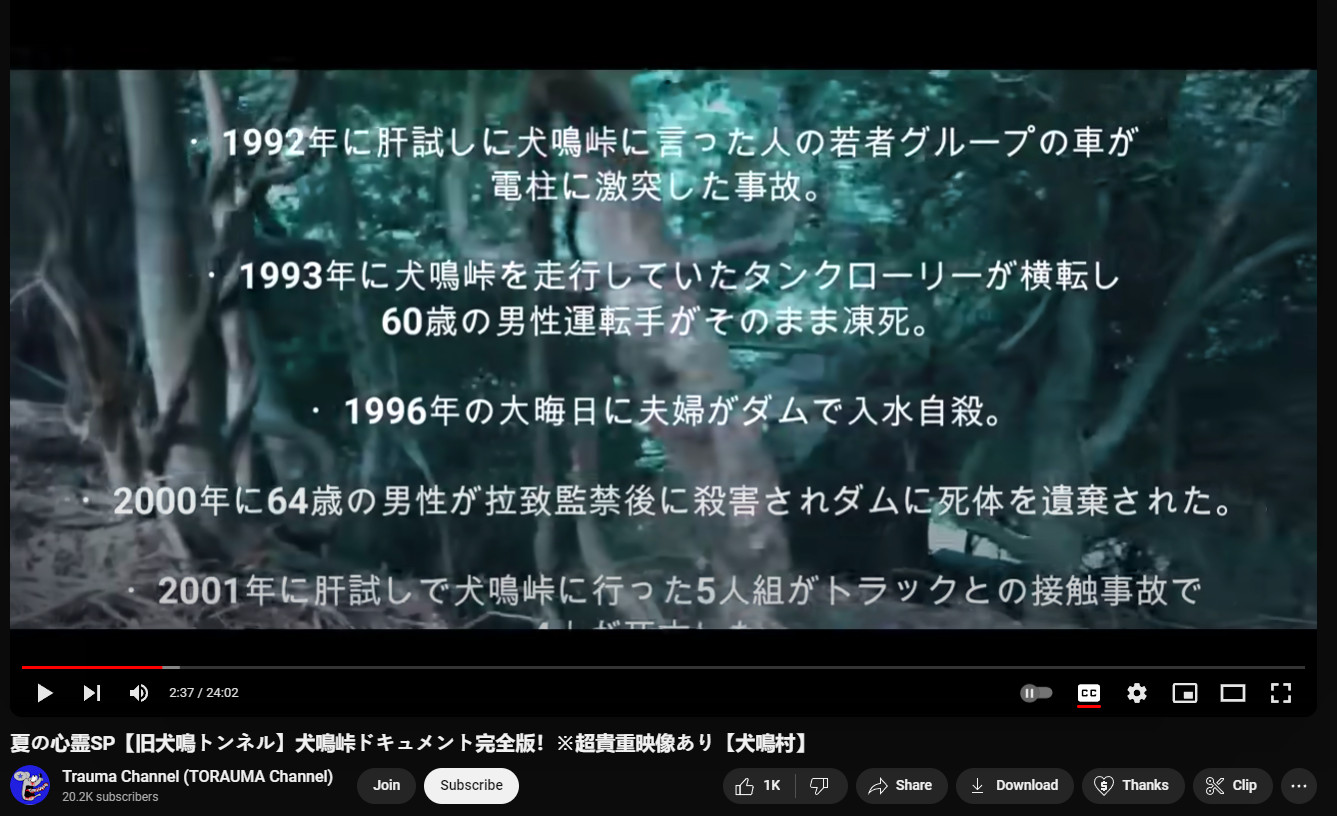
These testimonies often accompany stories of sudden temperature changes—many visitors describe feeling intense cold upon entering the tunnel, despite normal temperatures outside. Others report a feeling of suffocation or a sudden heaviness in the air, as if something invisible was weighing them down.
Conclusion
The dark history of Inunaki Tunnel, the ghost stories, and the terrifying events that occurred there make it difficult to separate fact from urban legend. For many residents of Japan, as well as visitors from around the world, the tunnel remains a symbol of mystery, inexplicable fear, and a warning of what may await us on the other side of the known world.
Japan, a country rich in ghost stories and paranormal phenomena, finds in places like Inunaki a space to express its anxieties related to the past, technology, and the inevitable changes brought by modernity. In this sense, the tunnel becomes more than just a haunted location—it is part of a mythology that reflects the internal fears of contemporary society.
Despite the entrances being sealed with concrete blocks and numerous attempts to disconnect the tunnel from the outside world, the Inunaki Tunnel still draws attention as one of Japan’s most haunted places. While some elements of this story may seem exaggerated, the site remains a symbol of Japan’s fascination with the supernatural and unsolved mysteries. Whether the place is truly haunted or merely a product of imagination built on stories, the Inunaki Tunnel will forever remain part of Japan’s dark mythology.
>>SEE ALSO SIMILAR ARTICLES:
10 Urban Myths of Tokyo – Discovering 21st Century Japanese Folklore
Sugisawa – A Nighttime Massacre Erased a Village from Japan’s Map
Kisaragi – The Mysterious Japanese Subway Station Beyond All Maps
Vengeful Cat Demons in Japanese Legends: The Sinister Bakeneko
"Strong Japanese Women"
see book by the author
of the page
未開 ソビエライ
An enthusiast of Asian culture with a deep appreciation for the diverse philosophies of the world. By education, a psychologist and philologist specializing in Korean studies. At heart, a programmer (primarily for Android) and a passionate technology enthusiast, as well as a practitioner of Zen and mono no aware. In moments of tranquility, adheres to a disciplined lifestyle, firmly believing that perseverance, continuous personal growth, and dedication to one's passions are the wisest paths in life. Author of the book "Strong Women of Japan" (>>see more)
Personal motto:
"The most powerful force in the universe is compound interest." - Albert Einstein (probably)
Mike Soray
(aka Michał Sobieraj)
未開 ソビエライ
An enthusiast of Asian culture with a deep appreciation for the diverse philosophies of the world. By education, a psychologist and philologist specializing in Korean studies. At heart, a programmer (primarily for Android) and a passionate technology enthusiast, as well as a practitioner of Zen and mono no aware. In moments of tranquility, adheres to a disciplined lifestyle, firmly believing that perseverance, continuous personal growth, and dedication to one's passions are the wisest paths in life. Author of the book "Strong Women of Japan" (>>see more)
Personal motto:
"The most powerful force in the universe is compound interest." - Albert Einstein (probably)
Mike Soray
(aka Michał Sobieraj)
Write us...
Ciechanów, Polska
dr.imyon@gmail.com
___________________
inari.smart
Would you like to share your thoughts or feedback about our website or app? Leave us a message, and we’ll get back to you quickly. We value your perspective!

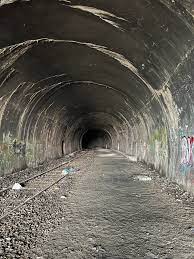 Crossing the Threshold into Darkness...
Crossing the Threshold into Darkness...
